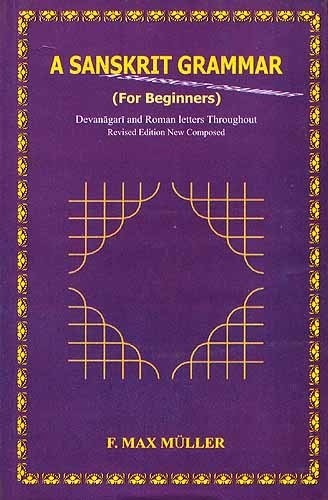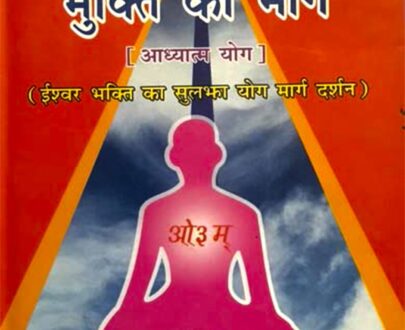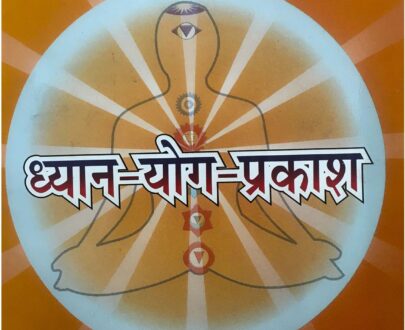The two principal objects which [ have kept in view while composing this grammar, have been clearness and correctness. With regard to clearness, chief model has been the grammar of Bopp; with regard to correctness, the grammar of Colebrooke. If I may hope, without presumption, to have simplified a few of the intricacies of Sanskrit grammar which were but partially cleared up by Bopp, Benfey, Flecchia, and others, I can hardly flatter myself to have reached, with regard to correctness, the high standard of Colebrooke’a great, though unfinished work. I can only say in self-defence, that it is far more difficult to be correct on every minute point, if one endeavours to re-arrange, as I have done, the materials collected by Panini, and to adapt them to the grammatical system current in Europe, than if one follows so closely as Colebrooke, the system of native grammarians, and adopts nearly the whole of their technical terminology. The grammatical system elaborated by native grammarians is, in itself, most perfect; and those who have tested Panini’s work, will readily admit that there is no grammar in any language that could vie with the wonderful mechanism of his eight books of grammatical rules. But unrivalled as that system is, it is not suited to the wants of English students, least- of all to the Wants of beginners. While availing myself therefore of the materials collected in the grammar of Panini and in later works, such as the Prakriya-Kaumudi, the Siddhanta-Kaumudt the Sarasvati Prakriya, and the Madhaviya-dhatu-vrtti, I have abstained, as much as possible, . from introducing any more of the peculiar system and of the terminology of Indian grammarians 1 than has already found admittance into our Sanskrit grammars; nay, I have frequently rejected the grammatical observations supplied ready to hand in their works, in order not to overwhelm the memory of the student with too many rules and too many exceptions. Whether I have always been successful in drawing a line between what is essential in Sanskrit grammar and what is not, I must leave to the judgement of those who enjoy the good fortune of being engaged in the practical teaching of a lanyuage the students of which may be counted no longer by tens, but by hundreds. I only wish it to be understood that where I have left out rules or exceptions, contained In other grammars, whether native or European, I have done-so after mature consideration, deliberately preferring the less complete to the more complete, but, at the same time, more bewildering statement of the anomalies of the Sanskrit language. Thus, to mention one or two cases, when giving the rules on the employment of the suffixes vat and mat (§ 187), I have left out the rule that bases ending in m, though the m be preceded by other vowels than a, always take vat instead of mat. I did so partly because there are very few bases ending in m, partly because, if a word like kim-van should occur, it would be easy to discover the reason why here too v was preferred to m, viz. in order to avoid the clashing of two m’s. Again, when giving the rules on the formation of denominatives (§ 495), I passed over, for very much the same reason, the prohibition given in Pal). III. 1,8,3, viz. that bases ending in m are not allowed to form denominatives. It is true, no doubt, that the omission of such rules or exceptions may be said to involve an actual misrepresentation, and that a pupil might be misled to form such words as kim- man and kim-yati. But this cannot be avoided in an elementary grammar; and the student who is likely to come in contact with such recondite forms, will no doubt be sufficiently advanced to be able to consult for himself the rules of Panini and the explanations of his commentators
| Weight |
2 kg |
| Additional Information |
NO
|








Customer reviews
Reviews
There are no reviews yet.
Write a customer review